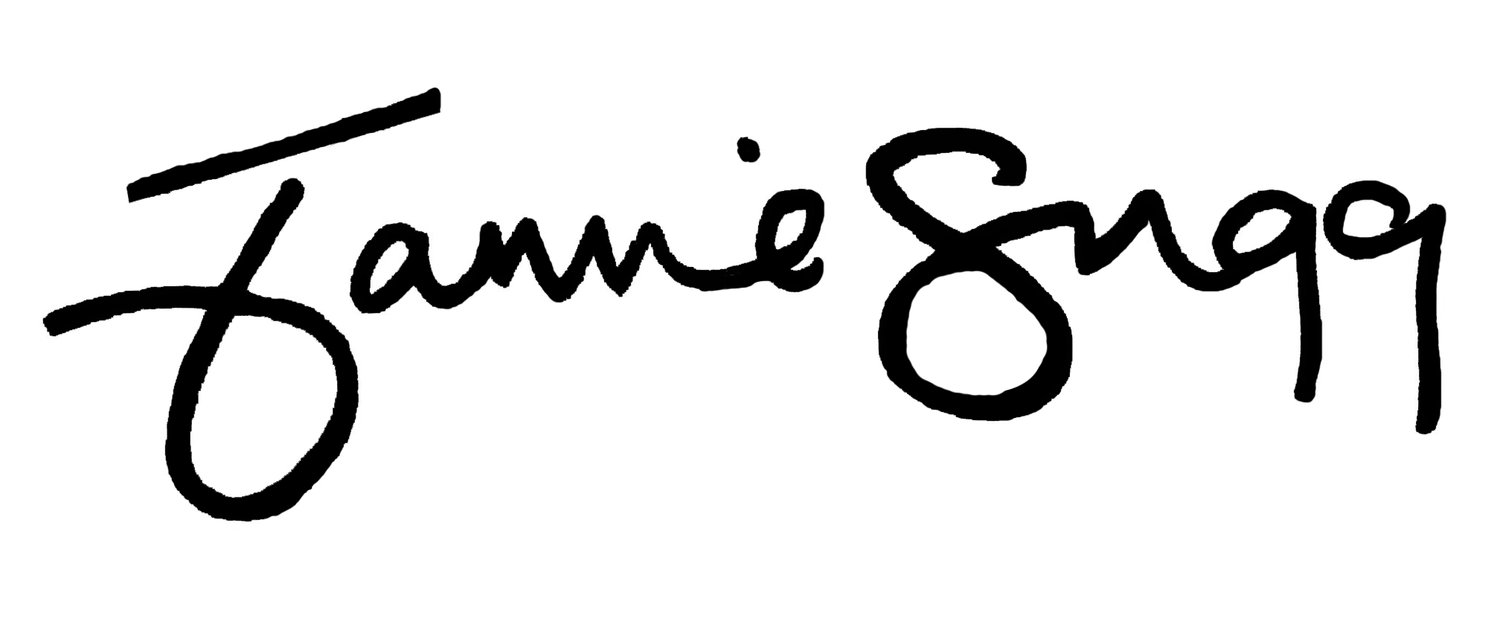Key steps to starting out as an artist
My good friend and artist Kate Green asked me last year what my top suggestions would be for someone starting out for the first time as an artist. Perhaps they've enjoyed it as a hobby and now feel they've developed into a more professional creative, or they've sold a number of works and feel confident they could sell more if they dedicated more time to it. What advice can I give?
Here's my practical and creative thoughts:
1. Open a business account. Not only does this help to separate your personal and business finances, it also signifies long term intentions as a professional artist. Most banks will charge you a monthly fee to run the account - sadly this is just one of many expenses you will have but the positives of aiming to be professional far outweigh the financial burden.
2. Start out keeping good records of all sales, expenses and income - you'll thank yourself in five years time. It is also a legal requirement, if you are self-employed and/or you earn more than £1000 in one financial year from your artwork in the UK to submit a self-assessment tax return, whether or not you made a profit. So keeping good records will benefit you immensely in the long run.
3. Find your creative voice: you've decided to focus on your art more seriously - why? What's your selling point - what's the 'thing' that makes people notice, and buy, your work? There must be a reason why you want to do this and you need to identify this and know what it means as you start out. This will guide your creative voice as you seek to develop as an artist.
4. Develop the habit of sketching whatever is around you. You need to develop the skill of seeing the world differently. Artists can see beauty, composition, colour in the everyday that others can't. Beauty can be found in the mundane as well as the sunset. Buy different sized sketchbooks so you can pick and choose which one to take with you out and about. I have pocket-sized ones, A6, A5, A4, plain paper, watercolour paper, landscape, portrait - all have their uses and situations.
5. Be inspired: seek out other artists whose work 'wows' you and keep a collection of their work either digitally or printed out. When you're struggling to find inspiration or stuck in a rut, this collection will lift your eyes from the blank page or canvas. Get a Pinterest account and get on Instagram to see who's creating what, but don't compare yourself with them, just enjoy the art.
6. Don't create work which sells - create work that expresses who you are and what you're about. Authentic art resonates and speaks far more than work created to suit a market. Don't aim to be a top seller, aim to be a top artist!
I hope that's helpful to you.
‘Til next time…..
Jamie
Photo by Khara Woods on Unsplash

